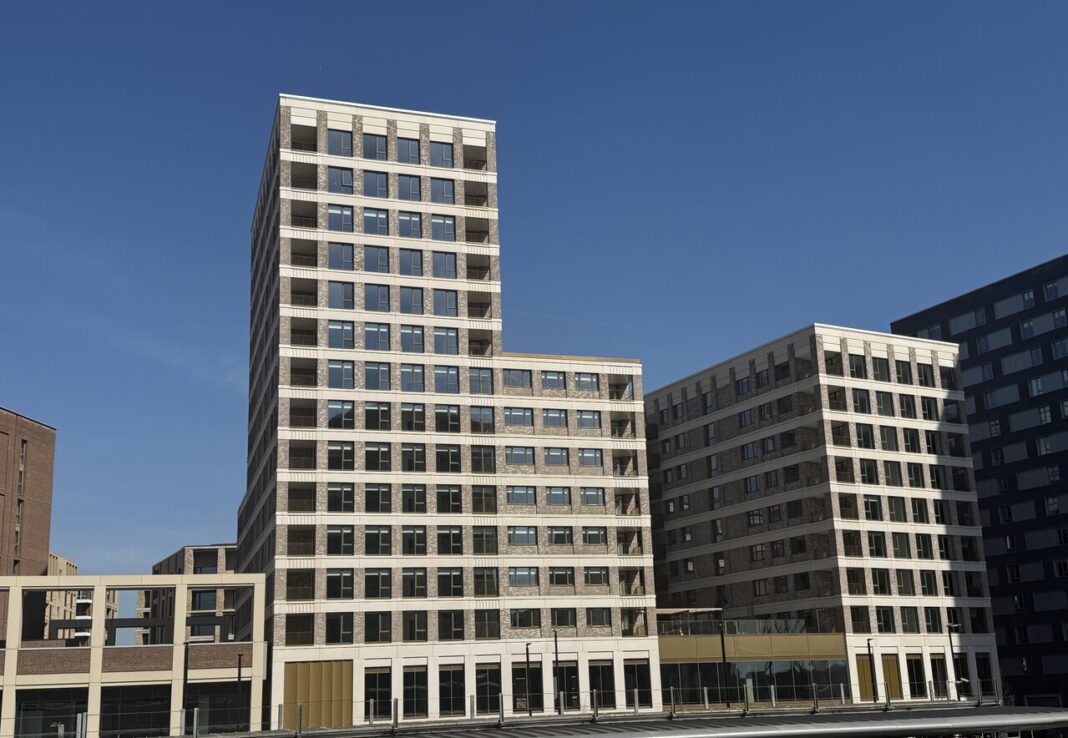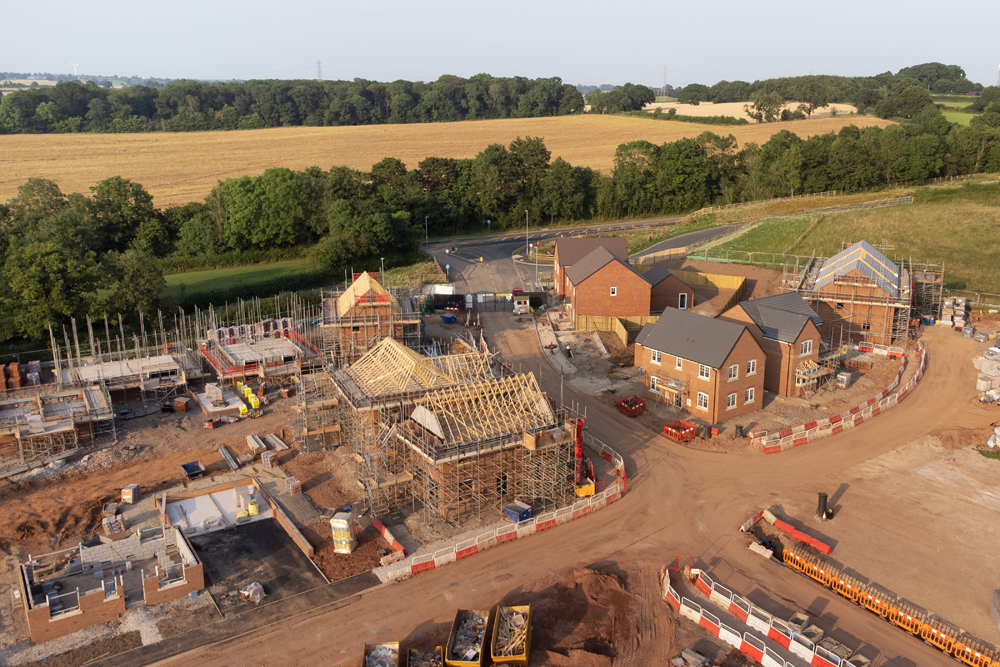The number of completed build-to-rent (BTR) homes rose by nearly 16% over the past year, according to new research by Inventory Base but the sector’s development pipeline is showing signs of strain as the pace of new construction slows.
The total number of BTR units completed in the UK reached 127,156 by the end of Q1 2025, up from 109,847 a year earlier – a 15.8% increase.
However, that growth masks a more concerning trend: the number of units under construction fell by 14% during the same period, dropping from 57,995 to 49,853.
The data, drawn from national BTR planning and development figures, suggests that while developers have delivered a strong wave of completed stock, fewer new schemes are breaking ground – a warning sign for long-term supply and investment momentum.
PIVOTAL POINT

Siân Hemming-Metcalfe, Operations Director at Inventory Base, says: “The sector is at a pivotal point.
“While completions are up, we’re seeing clear evidence that developers have failed to replenish their pipelines at the same pace. That creates a bottleneck risk just as tenant demand and investor appetite continue to grow.”
Indeed, the number of BTR homes reaching the ‘Detailed Application’ planning stage declined by 11.8% year-on-year, falling to 19,558 units. This suggests a broader cooling in short-term development ambition.
STANDOUT TREND
Yet the outlook isn’t entirely bleak. Units granted ‘Detailed Permission’ – an advanced planning milestone – increased by 11.8%, indicating that some schemes are preparing to move forward.
Additionally, the volume of homes in the ‘Long-Term Planning’ phase rose by 6.6%, hinting at a renewed longer-term commitment from institutional landlords and developers.
BTR has been one of the standout real estate trends of the past decade, offering tenants professionally managed homes, modern amenities, and longer leases – a shift from the fragmented, buy-to-let dominated rental market. For investors, the sector promises stable, inflation-linked returns with strong urban demand fundamentals.
However execution challenges remain. Hemming-Metcalfe warns that operational standards must keep pace with tenant expectations: “Managing a build-to-rent portfolio isn’t simply about delivering units. Today’s tenants expect hotel-style service levels. That requires tech-driven tools and robust lifecycle management – from check-in and inventory to maintenance and check-out.”









